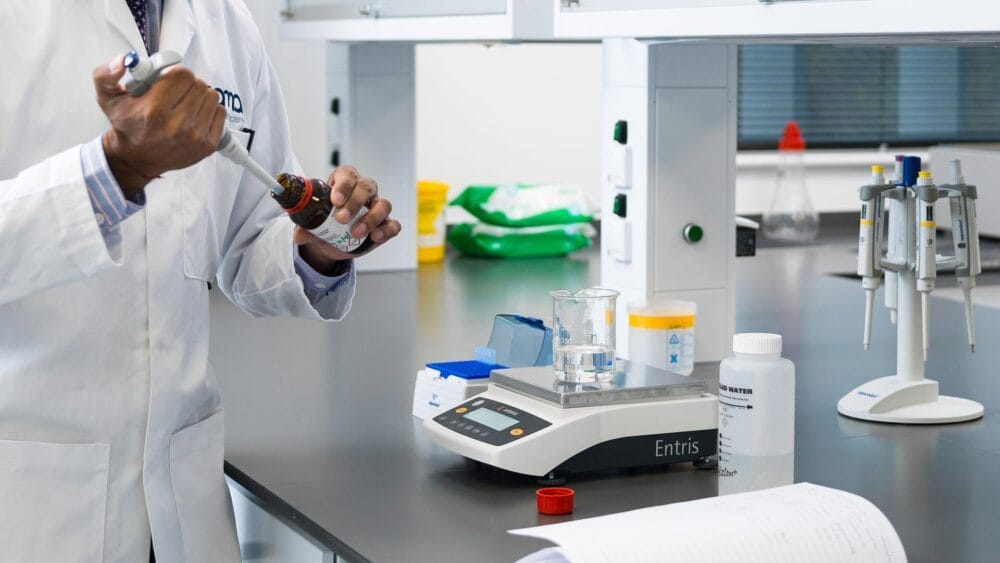Posted
22nd January 2020
Research
An interesting article published recently in Infection Prevention in Practice illustrates the potential for a dedicated nursing role focussed on environmental hygiene to prevent HCAI. The study was performed in a 32-bed general ICU in Argentina. The intervention was the introduction of a novel post: the “Hospital environmental hygiene nurse”. This post was a full-time post dedicated to direct observation of technique with real-time feedback to cleaners, objective measurement of cleaning effectiveness using fluorescent markers, and environmental sampling. The team evaluated the rate of acquisition and infection with multidrug-resistant organisms in the year before the intervention compared with the first year of intervention.
There was a significant reduction in the rate of healthcare-associated infection with multidrug-resistant organisms (4.3% of 6798 patients vs. 2% of 7468 patients), and a non-significant reduction in the rate of acquisition of multidrug-resistant organisms (10.4% of 6798 patients vs. 7.9% of 7468 patients).
It’s a shame that the authors don’t report any of the observational and objective information around the various evaluations of cleaning and disinfection that were undertaken. This would have strengthened the association considerably! Nonetheless, the results suggest that a nursing post focussed solely on ensuring that the cleaning and disinfection of the ICU is performed properly can have a profound improvement of patient outcomes. The study team make the point that this model may be especially important in providing an objective and independent view of the performance of an out-sourced cleaning contract.
It seems unlikely that hospitals would be willing to invest in this sort of post to cover a single dedicated unit (in this case the ICU), but there’s a strong argument a post along these lines would be a sound investment to work across the hospital. These findings reinforce that improving the standards of cleaning reduce HCAI and improve patient safety.
SHARE THIS ARTICLE
Tags
Latest News
Introducing HEXI HUB: A seamless transition in our product line
We’re pleased to announce an update to our product offering…
Innovative solutions for tackling Carbapenemase-producing Enterobacteriaceae (CPE) at King’s College Hospitals
King’s College Hospital NHS Foundation Trust, one of London’s largest…
Gloves Off: reducing unnecessary plastic waste during environmental cleaning and disinfection
In this blog, Dr Phil Norville discusses the momentum-gaining ‘Gloves…
Gloves Off: Navigating SDS sheets and skin safety claims in environmental decontamination products
In this blog, James Clarke (Head of R&D, Science &…




